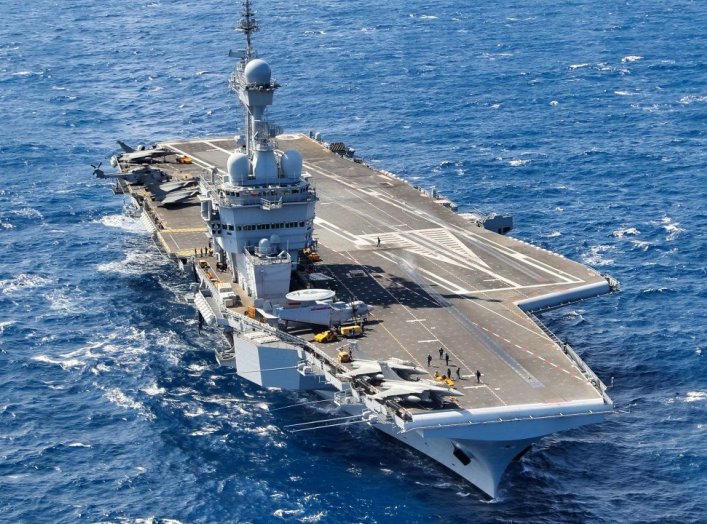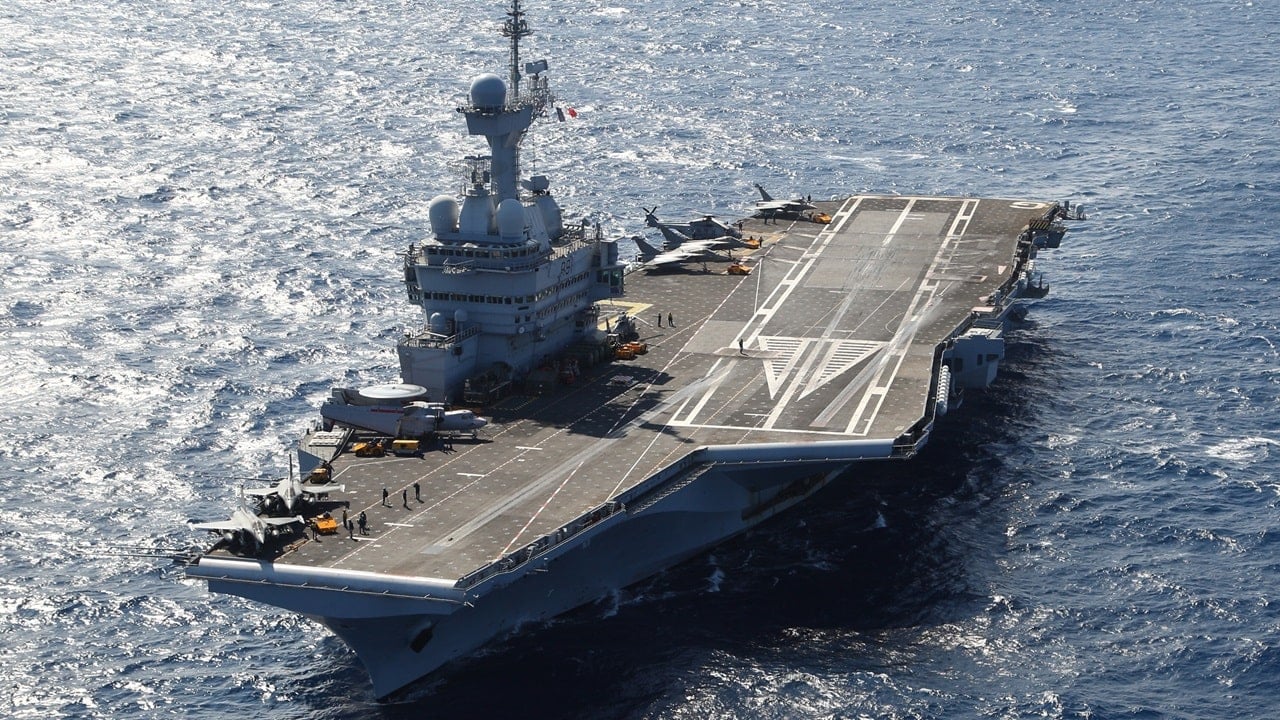France's Charles de Gaulle Aircraft Carrier Is a True Naval Masterpiece

The aircraft carrier Charles de Gaulle’s service history is highly respectable. However, France still plans to introduce a next-generation carrier sometime in the next decade. The Porte-Avions Nouvelle Génération (PANG) is eventually expected to replace Charles de Gaulle.

Summary: France's naval tradition remains strong, epitomized by the formidable flagship carrier Charles de Gaulle, a symbol of the country's maritime prowess. Initiated in the 1970s to modernize the carrier fleet, the nuclear-powered Charles de Gaulle boasts advanced capabilities, including a complement of 40 airframes like the Rafale M fighter jet and E-2C Hawkeye early warning aircraft. Equipped with state-of-the-art weaponry managed by the Senit combat system, the carrier features Eurosam-designed anti-air missile systems for defense. Notably, the vessel underwent a significant overhaul in 2007, enhancing its speed and operational capacity to accommodate newer aircraft and missiles. Operational since 2001, Charles de Gaulle has participated in various missions, from counterterrorism efforts in the Indian Ocean to anti-Islamic State operations in the Persian Gulf. Despite its esteemed service, plans are underway for France to introduce the next-generation Porte-Avions Nouvelle Génération (PANG) in the coming decade, aiming to succeed Charles de Gaulle and uphold France's naval excellence into the future.
France has a long history of naval prowess, having often been embroiled in conflicts against other European powers. Today, the French navy still presents a formidable force with the flagship carrier Charles de Gaulle as its centerpiece.
Design and Development:
In the 1970s, the French Navy recognized the need to modernize its carrier fleet despite the fact that their current carriers, the Clemenceau and Foch, were only around a decade old. After a decade of design, work began on the new carrier, a nuclear-powered vessel with an angled deck and steam catapults. Work soon fell behind schedule and ran over budget.
The de Gaulle was eventually commissioned in 2001, five years later, at a cost of €3 billion. Upon her commissioning, she became the only nuclear powered carrier operated by a country other than America.
Specs & capabilities:
The Charles de Gaulle can carry up to 40 airframes, including the Super Etendard, E-2C Hawkeye airborne early warning aircraft and the Rafale M fighter jet. The SATRAP integrated stabilization system has been incorporated on the carrier, improving her stabilization.
In terms of armament, the Charles de Gaulle is highly advanced. The carrier’s weapons are managed by a Senit combat management system, which according to Naval Technology can track up to 2,000 targets.
The carrier also features two Eurosam-designed surface anti-air missile systems for defense against hostile airframes and anti-ship missiles.
Additional specs have been detailed by Naval Technology, “The main deck consists of a main runway, angled at 8.5° to the ship’s axis, and an aircraft launch area forward of the island. These are each equipped with a USN-type C13 catapult, capable of launching one aircraft a minute. The runway is 195m long, and the whole deck measures 260m x 64m. The carrier is fitted with the Sagem Defense Sécurité (formerly EADS Defence and Electronics) DALAS laser landing aid.”
In 2007, Charles de Gaulle underwent a major overhaul in order for the carrier to retain an edge over competitors. The inclusion of new propellers enabled the ship to travel at speeds in excess of 27 knots.
Additionally, modifications were made so that the new Rafale F3 fighters armed with ASMP-A nuclear missiles and SCLAP EG cruise missiles could be operated.
Operational history:
Charles de Gaulle was deployed to the Indian Ocean in support of Operation Enduring Freedom during her first service stint. Up until 2002, the carrier remained in the area, launching airframes that would carry out airstrikes targeting Al Qaeda assets as part of Operational Anaconda. Subsequently, Charles de Gaulle sailed to the Arabian Sea to carry out patrols alongside the U.S. Navy off the coast of India and Pakistan. Beginning in January 2015, the carrier would deploy to the Persian Gulf to participate in operations targeting Islamic State militants in Iraq.

The aircraft carrier Charles de Gaulle’s service history is highly respectable. However, France still plans to introduce a next-generation carrier sometime in the next decade. The Porte-Avions Nouvelle Génération (PANG) is eventually expected to replace Charles de Gaulle.
- Questions and Answers
- Opinion
- Story/Motivational/Inspiring
- Technology
- Art
- Causes
- Crafts
- Dance
- Drinks
- Film/Movie
- Fitness
- Food
- Spiele
- Gardening
- Health
- Home
- Literature
- Music
- Networking
- Other
- Party
- Religion
- Shopping
- Sports
- Theater
- Wellness
- News
- Culture
- War machines and policy

